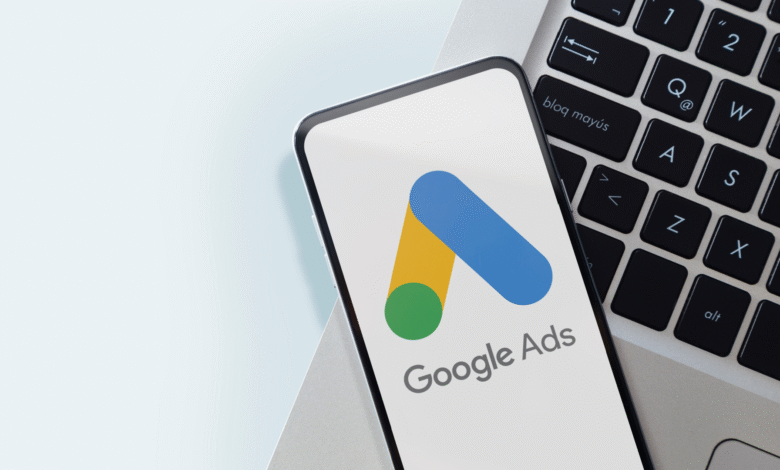Google Ads AI Max: Best Times to Use It (And When to Wait)

▼ Summary
– Google’s AI Max is a new AI-powered search campaign feature that offers 14-27% more conversions at similar costs compared to traditional Search campaigns.
– AI Max expands targeting through broad search term matching, AI-generated ad text, and dynamic landing page selection, while regular Search provides full manual control over keywords, ads, and URLs.
– AI Max is best for accounts using exact/phrase match, businesses with comprehensive landing pages, and campaigns needing expanded reach, while regular Search suits strict budget control and compliance needs.
– AI Max requires Smart Bidding and has a 1-2 week learning period, potentially increasing initial costs, whereas regular Search offers predictable spending and established performance benchmarks.
– A hybrid strategy using regular Search for high-converting keywords and AI Max for discovery is recommended, with AI Max excelling in ecommerce but requiring caution in lead generation and B2B.
Google Ads AI Max represents a significant leap forward in automated campaign optimization, offering advertisers powerful tools to expand their reach and improve conversion rates. While the technology delivers measurable performance gains, its suitability depends entirely on your specific advertising goals and operational constraints.
Early adopters report conversion increases between 14-27% when implementing AI Max, though these benefits come with reduced control over targeting and messaging. The platform’s true value lies in its ability to uncover hidden opportunities rather than simply enhancing existing campaign performance.
Understanding the Core Differences
AI Max fundamentally changes how search campaigns operate through three key expansions:
- Dynamic search matching: Goes beyond traditional keyword lists to identify relevant queries using advanced semantic analysis
- Automated ad creation: Generates fresh headlines and descriptions by analyzing landing page content
Traditional search campaigns maintain full manual control over these elements, allowing advertisers to precisely dictate keyword matching, ad copy, and destination URLs. The choice ultimately comes down to whether you prioritize discovery or precision in your advertising strategy.
Evaluating the Trade-Offs
For advertisers considering the switch, several critical factors deserve attention:
Control Limitations with AI Max:
- The system autonomously selects additional search queries beyond your specified keywords
- AI-generated ad variations may not always align with brand voice
- Landing page selection occurs dynamically based on content relevance
Compensating Advantages:
- Detailed reporting reveals which queries originated from AI expansion versus manual targeting
- Brand protection tools prevent competitor targeting while ensuring your terms appear
- Geographic intent targeting reaches users researching locations beyond their physical area
Optimal Use Cases
AI Max shines when:
- Your account relies heavily on exact and phrase match keywords
- Website content is comprehensive and well-structured
- You’ve exhausted impression share on current keyword targets
- You can accommodate a 10-14 day learning period
Traditional search performs better for:
- Budgets requiring strict spending controls
- Campaigns with proven keyword performance data
- Industries with rigid compliance requirements
- Agencies managing multiple clients with varying risk profiles
Implementation Considerations
Technical requirements for AI Max include mandatory use of Smart Bidding strategies and enabled text customization features. Unlike standard search campaigns, AI Max doesn’t support asset pinning when URL expansion is active.
A hybrid approach often yields the best results:
- Reserve traditional search for high-converting keywords and brand protection
- Deploy AI Max for discovery campaigns and upper-funnel targeting
- Implement proper campaign prioritization to prevent overlap
Financial Implications
Initial costs typically run higher with AI Max due to broader targeting and learning period inefficiencies. However, ROI generally improves after 3-4 weeks as the system optimizes. Traditional search maintains more predictable costs but may limit growth potential.
Industry-Specific Guidance
Ecommerce: AI Max performs exceptionally well with quality product feeds Lead Generation: Requires careful monitoring to maintain lead quality Local Services: Geographic intent features provide significant value B2B: Often benefits more from traditional search’s precision
Strategic Recommendations
Begin testing AI Max if your campaigns show low impression share or rely primarily on restrictive match types. Maintain traditional search for compliance-sensitive accounts or limited budgets. The most sophisticated advertisers run both in tandem, using each for its respective strengths.
The future of search advertising clearly involves balancing automation with control. While AI Max opens new growth channels, it complements rather than replaces traditional campaign management. The decision to adopt now depends on whether you value first-mover advantage or prefer waiting for more established best practices.
(Source: Search Engine Land)






